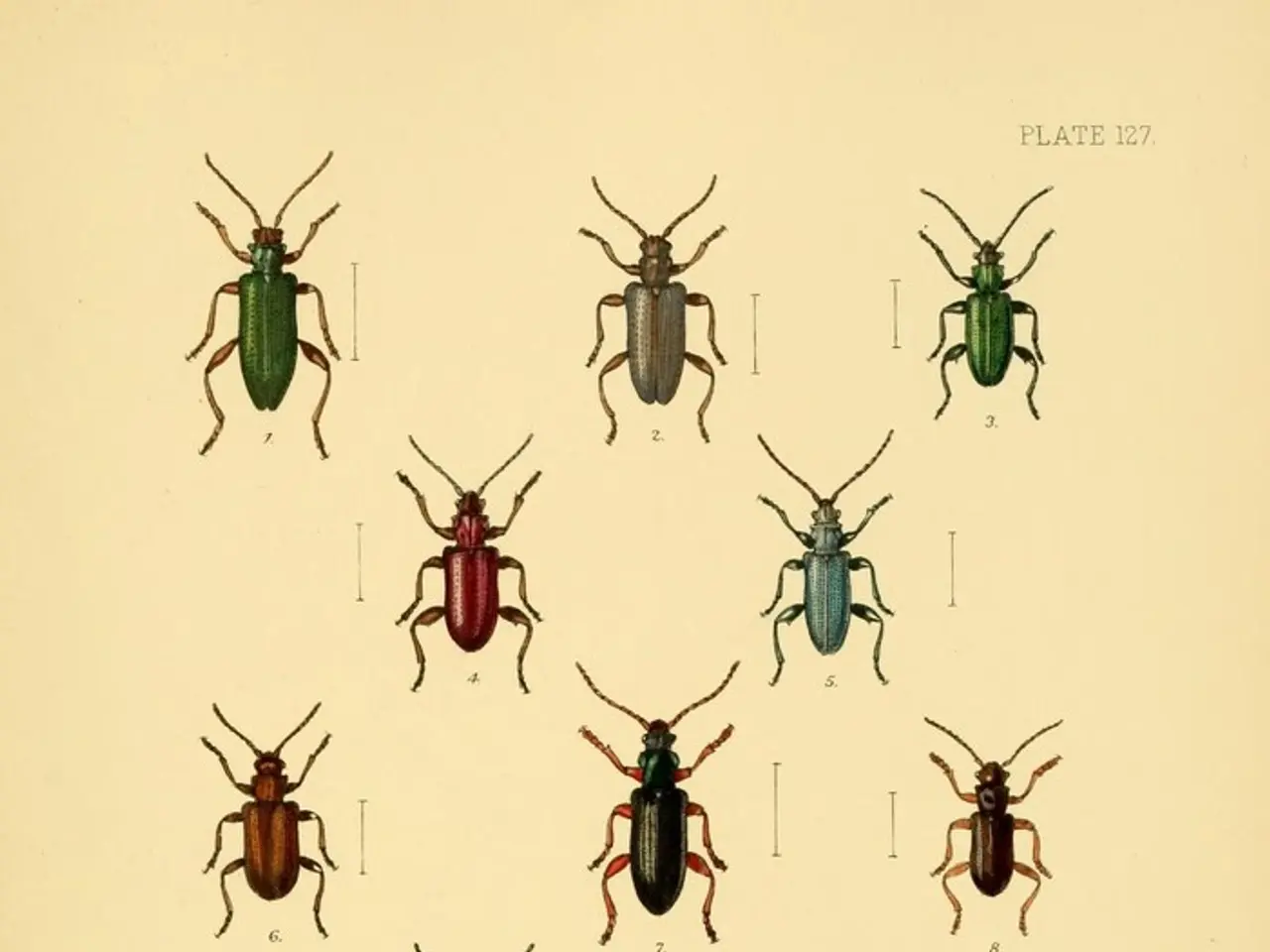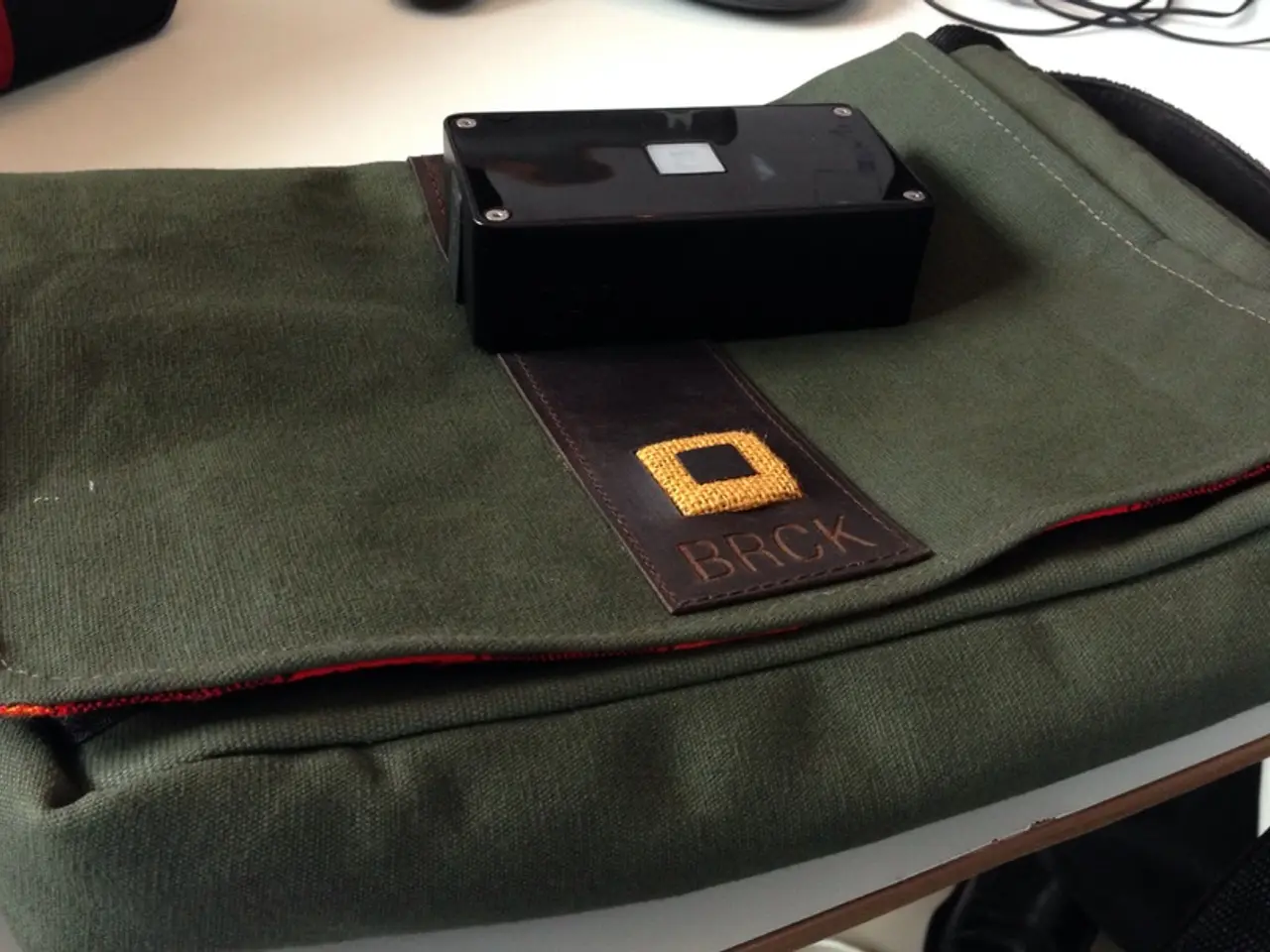Beneficial Bug: Lady Beetles Explored
In the autumn, adult lady beetles hibernate in plant refuse, crevices, or even in homes. These beneficial insects, also known as ladybugs, are essential predators of soft-bodied insects like aphids, and their presence can significantly reduce pest populations.
Two common lady beetle species found in Ohio are the Nine-spotted Lady Beetle (Coccinella novemnotata) and the Spotted Lady Beetle (Coleomegilla maculata).
The Nine-spotted Lady Beetle is characterized by a reddish-orange wing cover with a total of nine black spots: four on each wing cover and one shared spot in the middle. On the other hand, the Spotted Lady Beetle, also called the pink-spotted or twelve-spotted lady beetle, has a pattern of spots on a pinkish or reddish background, typically with around twelve spots.
To prevent lady beetles from entering homes, it is recommended to caulk and seal spaces and gaps. If they do find their way indoors, it is best to physically remove them, as they are not harmful to humans. Insecticide treatment is not suggested, as lady beetles are beneficial insects.
During the spring, adult lady beetles lay eggs, typically in aphid colonies. One lady beetle larva can eat about 400 medium-size aphids during its development to the pupal stage. The life cycle of a lady beetle from egg to adult can vary from three to four weeks to six weeks during cooler spring months.
In addition to feeding on aphids, lady beetles also prey on soft-scale insects, mealybugs, spider mites, eggs of the Colorado Potato Beetle and European Corn Borer, and some species even feed on plant and pollen mildews.
The Multicolored Asian Lady Beetle, Harmonia axyridis, can become a nuisance when congregating in and around homes, especially on the sunny side of the house. This species, while beneficial, is an exotic species in Ohio.
In Ohio, the Convergent Lady Beetle is the official state insect. This species, along with the Convergent Lady Beetle, Spotted Lady Beetle, Parenthesis Lady Beetle, and Polished Lady Beetle, are native species found in the state. Exotic species such as the Multicolored Asian Lady Beetle, Seven-spotted Lady Beetle, Fourteen-spotted Lady Beetle, and Variegated Lady Beetle are also present in Ohio.
In summary, the Nine-spotted Lady Beetle and the Spotted Lady Beetle are the most common lady beetles encountered in Ohio. For detailed identification, spot count, and elytral color patterns are the primary distinguishing features for lady beetles in Ohio.
When tending to their home-and-garden, Ohio residents might encounter the Nine-spotted Lady Beetle (Coccinella novemnotata) and the Spotted Lady Beetle (Coleomegilla maculata). To protect these beneficial insects that help control pest populations by feeding on aphids, soft-scale insects, mealybugs, spider mites, and certain insect eggs, it's advisable to ensure the garden lifestyle supports them, for instance, by avoiding chemical insecticides and sealing spaces and gaps in the home to prevent lady beetles from entering.




